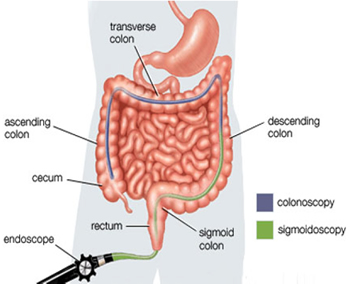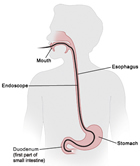Diagnosing Crohn’s Disease
It is important to understand the physician’s decision-making process with these patients, and what test helps their diagnosis and treatment plan. Initial testing includes gathering the patient’s medical and family history, doing a physical exam, running lab tests, conducting radiologic examinations (CTE, MRE, SBFT) and doing an intestinal endoscopy. Many studies have shown that capsule endoscopy is a valuable adjunctive diagnostic test after conventional endoscopy and ileocolonoscopy. Crohn’s Video Capsule, a video capsule endoscopy specifically designed for patients suspected of having Crohn’s disease, can provide the physician with a more complete assessment of the location, extent, and severity of disease. Early diagnosis can lead to early treatment which may improve patient outcomes. Additionally, early onset of the disease may result in subtle flat lesions in the small bowel that many other tests may not be able to identify.
Although 30-35% of Crohn's patients have disease in the small bowel alone, the disease can develop in different areas of the GI tract. Disease activity and severity can vary widely over time and most patients have active disease at the time Crohn's Disease is diagnosed.
Traditional endoscopic tests cannot reach the deeper small bowel and other adjunctive tools, such as capsule endoscopy, are needed. There are 20 feet of small intestine not visualized by an endoscope.
We will delve more into diagnostic tools later in the module.

Next Page: Treatment for Crohn’s Disease

